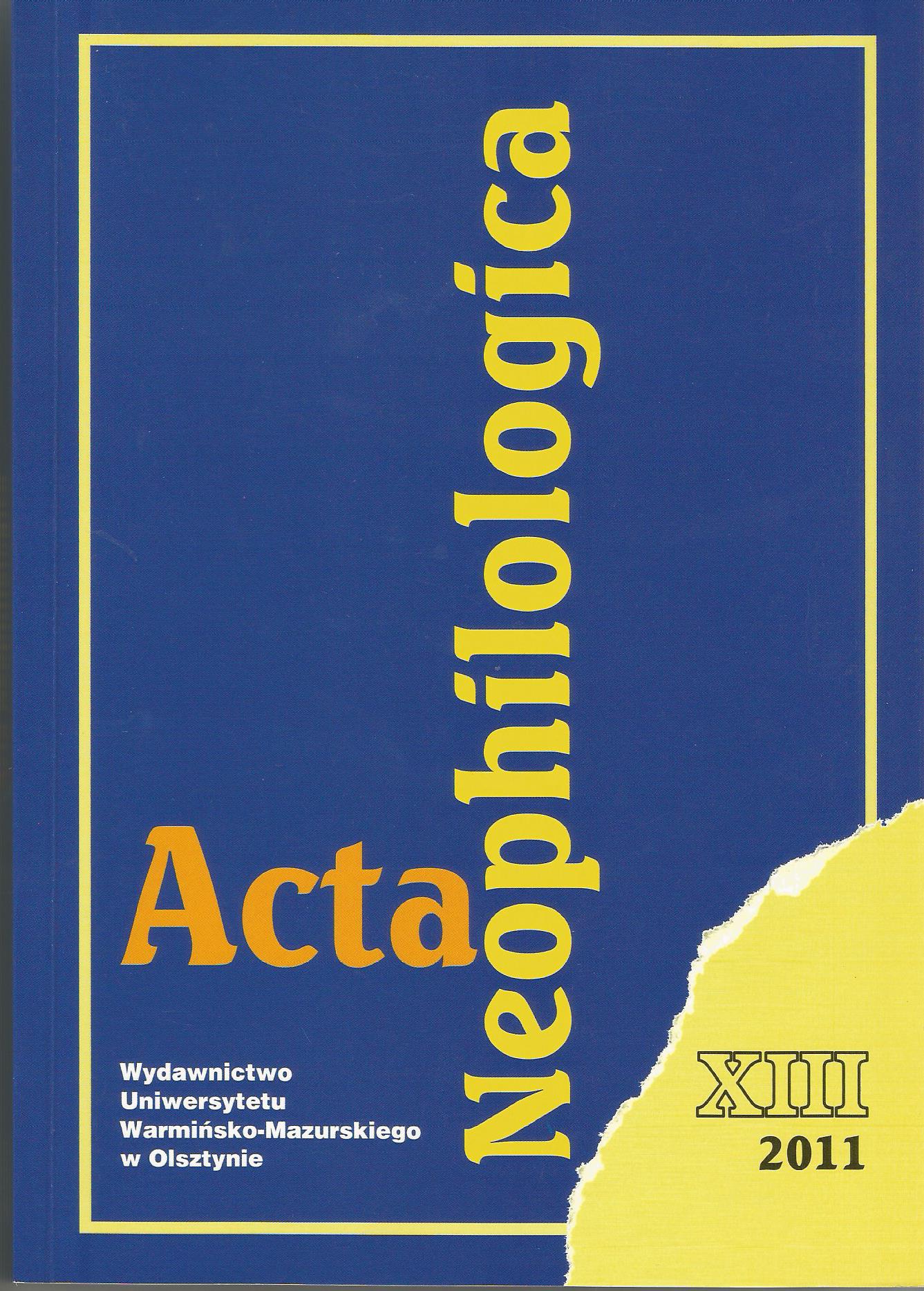Poezja Wasilija Kamienskiego „pod mikroskopem”. Z historii rosyjskiej poezji wizualnej
Wasilij Kamieński’s poetry under the microscope”
The summary of Russian visual poetry
Author(s): Iwona Anna NDiayeSubject(s): Language and Literature Studies, Studies of Literature
Published by: Wydawnictwo Uniwersytetu Warmińsko-Mazurskiego w Olsztynie
Summary/Abstract: Visual poetical text came into existence as a connection of two types of activity - the poetical (verbal) one and the visual (graphic) one. It composes a varied phenomenon, which unites poetry, painting, graphic arts, fine arts, and photography together. That dependence on each other was understood differently by particular artists in distinct periods of history. Russian literature also has its rich history of visual poetry. The first trials, which were started by Symeon Potocki in the 17th century, were continued by Gawrił Dierżawin, Aleksiej Apuchtin, Erl Martow, as well as others. This new and productive period of visual poetry was connected with the vanguard movement from the beginning of the 20th century, which spread across Europe. The biggest contribution into the development of this literary genre in Russia, not only in a practical matter, but also in a theoretic one, brought in futurists and constructivists, for whom the form became an essence, and a word became an image. The poetry of Wasilij Kamiensky (1884 – 1961) had a special place among different examples of experimental word-image Russian vanguard poetry. He is known as a Russian futurist, and a poem-experimenter. His poems prove that visual poetic graphic arts, can be recognized as a dominant force in the creating of and illustration of texts. This process can be done with a basic level of meaning in the writing and illustration of the text, however, this is purely linguistical.
Journal: Acta Neophilologica
- Issue Year: 2011
- Issue No: XIII
- Page Range: 201-215
- Page Count: 15
- Language: Polish

